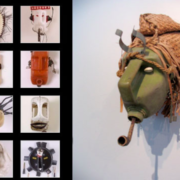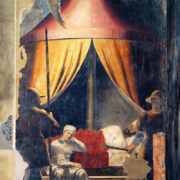Living in a world with or without memory of the future
Abstract
The American architect Chipperfield, director of the 13th exhibition of architecture (Venice 2012), in order to correct the extravagant ruptures and homologations which infest contemporary architecture, proposed as “common ground” of the exhibition the triple dimension of continuity, context and memory, specifying that the future of every nation is in its memory, a concept which has become true, in another context, in the words of a common citizen who, eagerly asking for the restoration of a sixteenth-century building damaged by an earthquake, argued that “a country with no memory has no future”.
The author suggests that making the future the privileged and heartfelt object of memory – a meaning which is perhaps extraneous to the title of Bion’s trilogy – might guide choices at an individual and collective level, condition policies and development plans, safeguard the artistic and environmental heritage and offer a constant attention to the ecology of the mind, that precious asset which sometimes we seem to have stopped thinking about and which everything seems to concur to damage.





